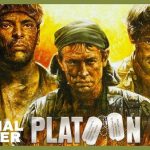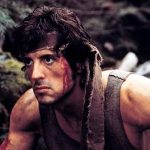“Blade Runner”
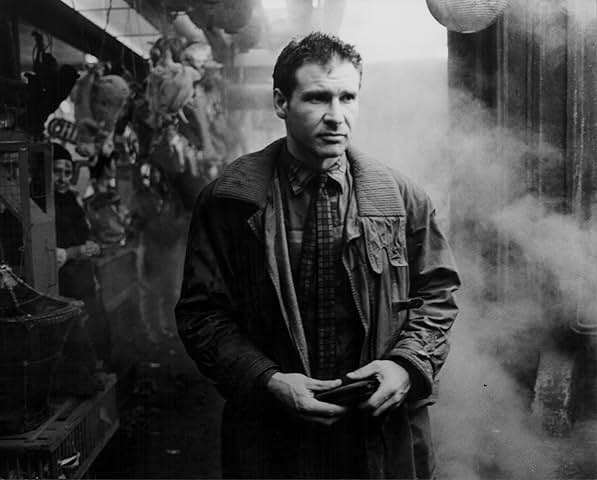
“Blade Runner” is a 1982 science fiction film directed by Ridley Scott, adapted from Philip K. Dick’s 1968 novel “Do Androids Dream of Electric Sheep?” The film stars Harrison Ford as Rick Deckard, a former police officer tasked with hunting down replicants—bioengineered beings that are virtually indistinguishable from humans—in a dystopian future Los Angeles.
In 2019, Los Angeles is a sprawling, dystopian metropolis dominated by corporations and plagued by environmental degradation. The Tyrell Corporation has developed replicants—advanced androids used for dangerous off-world labor—who are illegal on Earth after a mutiny. Replicants that defy the ban are hunted down and “retired” by special police units known as Blade Runners.
Rick Deckard (Harrison Ford), a retired Blade Runner, is reluctantly pulled back into service to hunt down four escaped Nexus-6 replicants who have returned to Earth. Led by Roy Batty (Rutger Hauer), these replicants—Roy, Pris (Daryl Hannah), Zhora (Joanna Cassidy), and Leon (Brion James)—seek to extend their limited lifespan and confront their creator, Dr. Eldon Tyrell (Joe Turkel), to find a way to prolong their lives.
As Deckard hunts the replicants, he becomes increasingly entangled in their world, particularly when he develops a relationship with Rachael (Sean Young), an experimental replicant who believes herself to be human due to false memories implanted by Tyrell Corporation.
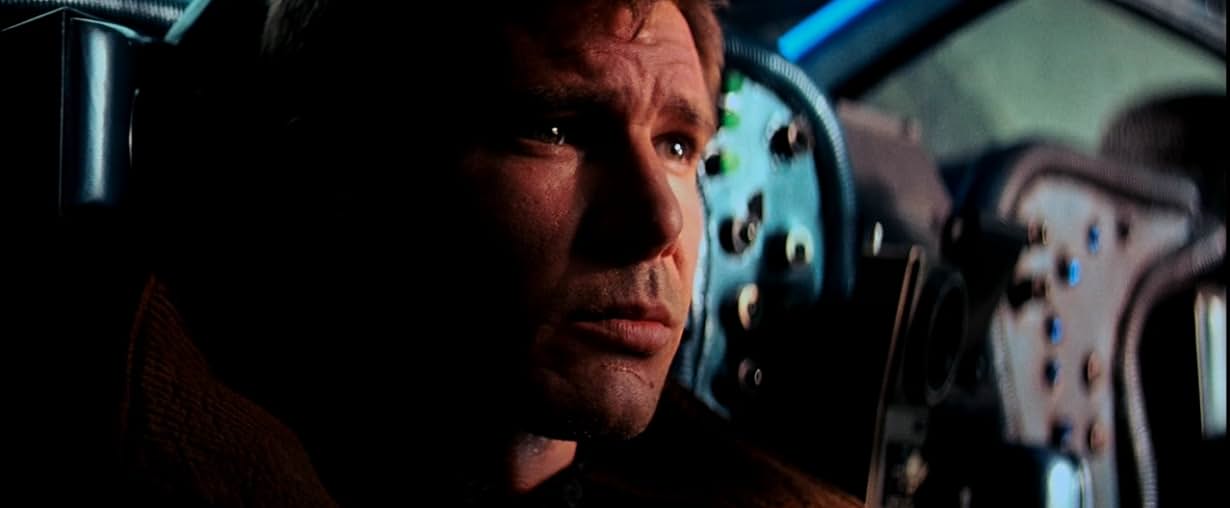
The film explores themes of identity, humanity, and the ethical implications of creating and controlling sentient beings. Deckard’s encounters with the replicants force him to question his own humanity and the morality of his actions.
In the climax, Deckard faces off against Roy Batty in a gripping showdown, where Batty, despite his superior strength and intellect, ultimately saves Deckard’s life and delivers a poignant monologue about his memories and experiences before his own programmed death (“tears in rain” speech). This scene has become iconic for its emotional depth and philosophical reflection on mortality and identity.
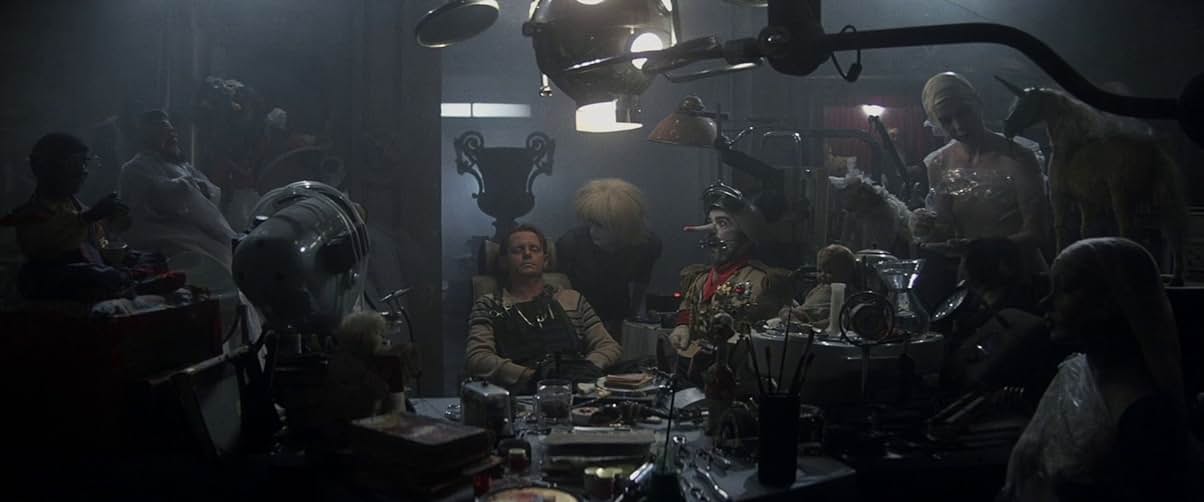
The film’s legacy was further cemented by Ridley Scott’s “Director’s Cut” in 1992, which removed Deckard’s voice-over narration and the studio-imposed happy ending, offering a more ambiguous and contemplative conclusion. This version allowed audiences to engage more deeply with the film’s philosophical themes and narrative complexity.
“Blade Runner” has since been lauded for its influential visual style, intricate storytelling, and thematic depth. It has inspired numerous adaptations, sequels, and works across various media, solidifying its status as a seminal work in the science fiction genre.
“Blade Runner” is celebrated for its atmospheric cinematography by Jordan Cronenweth, which captures the gritty, neon-lit streets of futuristic Los Angeles. The film’s visual effects, production design by Lawrence G. Paull, and Vangelis’ haunting score contribute to its immersive and dystopian atmosphere. Ridley Scott’s direction combined these elements to create a film that remains visually striking and thematically resonant decades after its release.
Overall, “Blade Runner” is revered for its exploration of complex themes, stunning visuals, and influential impact on the science fiction genre, solidifying its place as a cinematic masterpiece.




